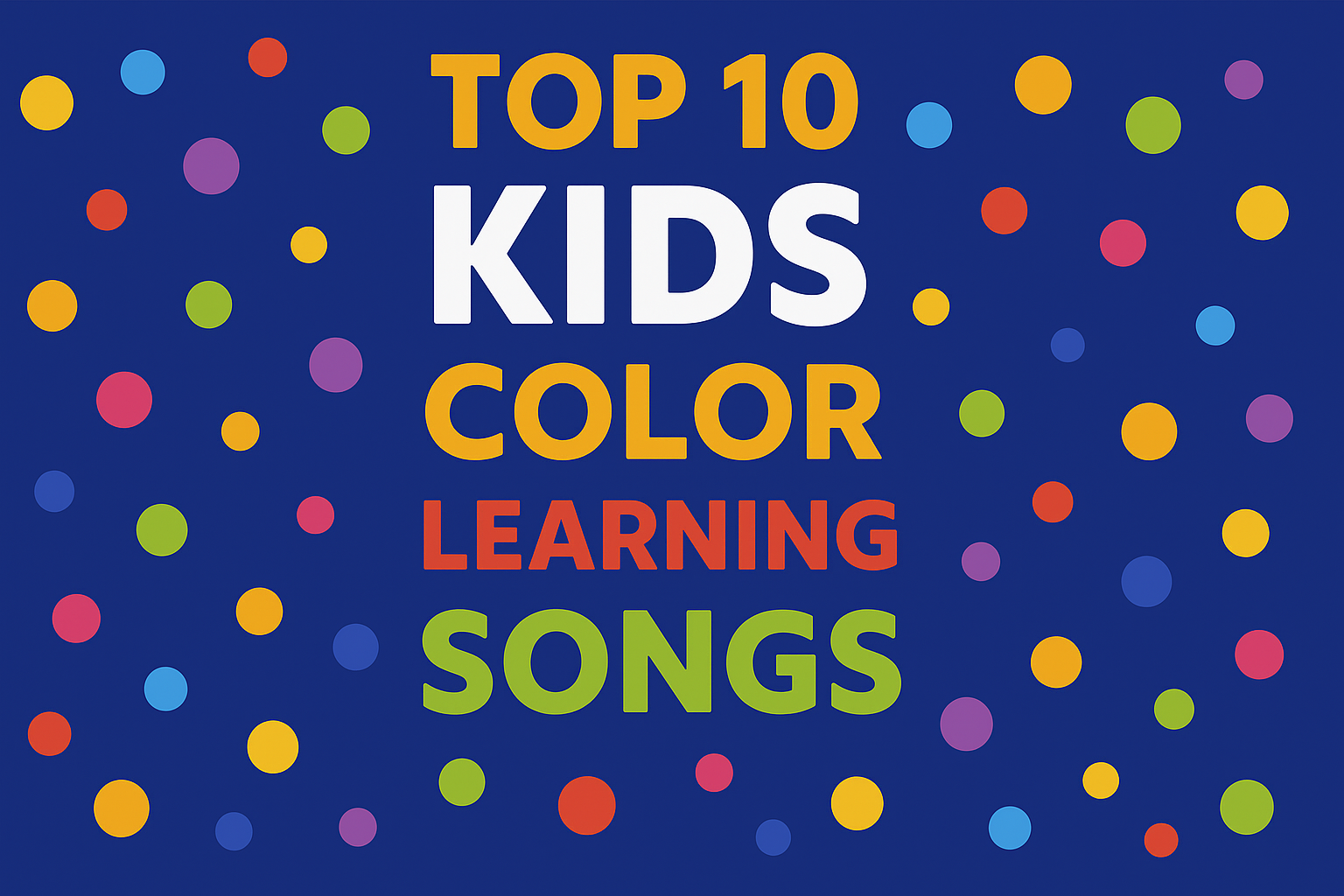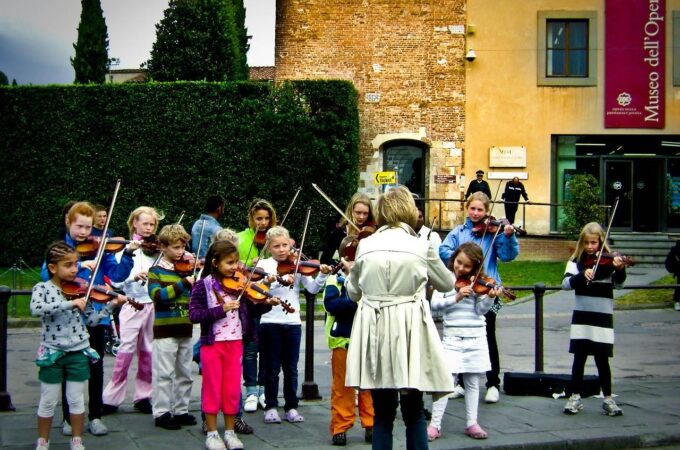
Security Guide on Online Classes
In today’s fast-paced, interconnected world, online education has emerged as a fundamental aspect of modern learning. It offers unparalleled convenience, flexibility, and access to the treasure trove of knowledge. The contemporary student enjoys easy access to knowledge, access to expert help, and can easily buy a PhD dissertation, all while keeping up with deadlines without compromising the quality of submitted papers.
Yet, the digital realm carries its own set of lurking security concerns, demanding a robust and all-encompassing approach to shield the integrity and privacy of online education. This handy guide, right here, aims to unravel the tangled web of security considerations in the world of virtual learning. We’re here to make it all crystal clear, accessible to students, teachers, and parents, no fuss, no muss.
User Authentication: The Digital Lock and Key
User authentication is akin to safeguarding the vault to your digital castle. A robust password stands as the first line of defense. Length and complexity are imperative—opt for a combination of letters, numbers, and a dash of special characters.
Password managers can help in generating and storing these unique keys for various accounts, lessening the chances of a breach. Additionally, consider multi-factor authentication (MFA) to further fortify your digital fortress, demanding not only a password but an additional layer of verification.
Navigating the Virtual Classroom Landscape
Video conferencing platforms like Zoom, Microsoft Teams, and Google Meet have become the digital amphitheaters of our age. Each platform flaunts its own set of security features. Deploying a robust, unique password is tantamount to securing the main entrance to your virtual learning sanctuary.
The use of waiting rooms is like having peepholes, allowing hosts to screen participants before granting entry. Encryption, akin to an intricate code, guarantees that data shared during these virtual gatherings remains shrouded in secrecy.
Protecting Personal Data: The Guardians of Privacy
Guarding your personal info is a deal you can’t shake. It’s like your digital fort. Just like the General Data Protection Regulation (GDPR) and the California Consumer Privacy Act (CCPA) call the shots on how personal details should be treated, getting the lowdown on these rules is a must. They’re the playbook that makes sure schools and online spots give your treasured personal stuff the VIP treatment.

Safeguarding Digital Files
File sharing is a common practice in online classes, akin to passing notes in a traditional classroom. Secure file-sharing platforms such as Google Drive or Dropbox act as virtual safes, granting access only to authorized individuals. Nevertheless, exercise caution when dispatching important files via email or public sharing links, which can be likened to mailing confidential messages on open postcards.
Beware the Phishing Expedition
Phishing is akin to a crafty trickster trying to earn your trust. These malicious actors dispatch deceptive emails, often disguising themselves as legitimate entities, to hoodwink you into divulging personal information.
Vigilance is your trusted ally; always double-check your emails, especially if they request sensitive information or actions. If an email seems fishy, report it promptly to the appropriate authorities.
Reinforcing Your Home Wi-Fi Network
Shielding your home Wi-Fi network is of paramount importance. Set a robust password, akin to a complex lock, and employ the latest encryption methods, the digital equivalents of codes only your devices can decipher. Deactivate unnecessary features, such as remote management, to decrease the risk of unauthorized entry.
Online Classroom Policies: The Rulebook
Just like in the good old days of in-person classes, every educational institution needs to have some crystal-clear policies for those virtual sessions. These guidelines aren’t just a bunch of dull, lifeless rules; they’re all about sculpting the way students act, safeguarding that all-important academic integrity, and laying down some virtual classroom ground rules.
It’s all about making sure the digital learning space is a secure and respectful environment, creating a cool hangout for your educational journey. Parents too can help ensure this by providing learners with the tools and skills needed to ensure secure online learning.
In Conclusion
Just as you lock your front door at night to protect your physical home, securing your online learning environment is imperative. By adhering to the comprehensive security measures outlined in this guide, you can ensure that your online learning experience is not only enriching but also safe and secure.




